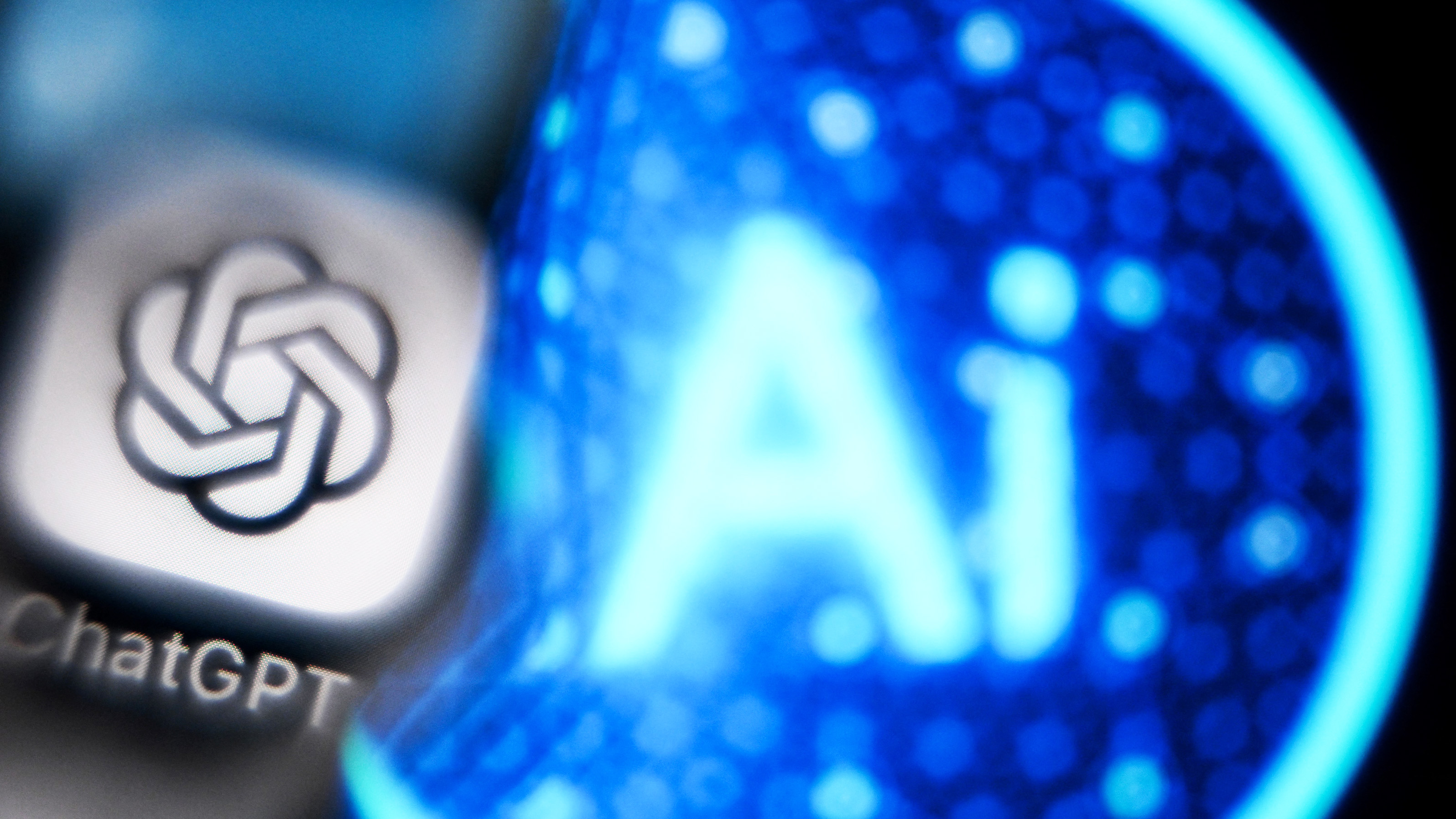How Microsoft is turning Android into the mobile OS for Windows users
With Windows 10 Mobile dying, many former Windows phone users are turning to iOS and Android. But has Microsoft successfully turned Android into a phone for Windows?
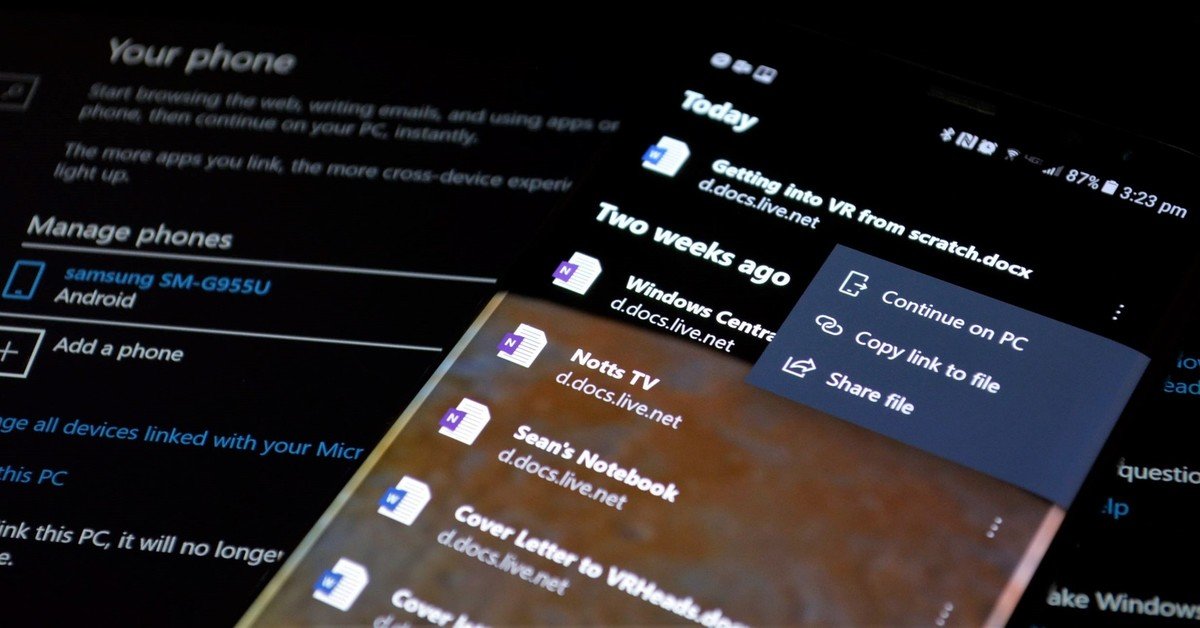
The fact that Microsoft didn't play nice with its major competitors has been in the rear-view mirror for years. With Microsoft apps filling the Google Play Store and Apple's app store today, it's easier than ever for users of Microsoft services to jump ship to other mobile OSes. Even Bill Gates is on Android.
While most of Microsoft's services are available on both iOS and Android, the open nature of the latter means that Microsoft can create strong links between Android phones and Windows 10 PCs in both looks and functionality.
5 tips to help Windows Mobile users switch to Android
Apps and services
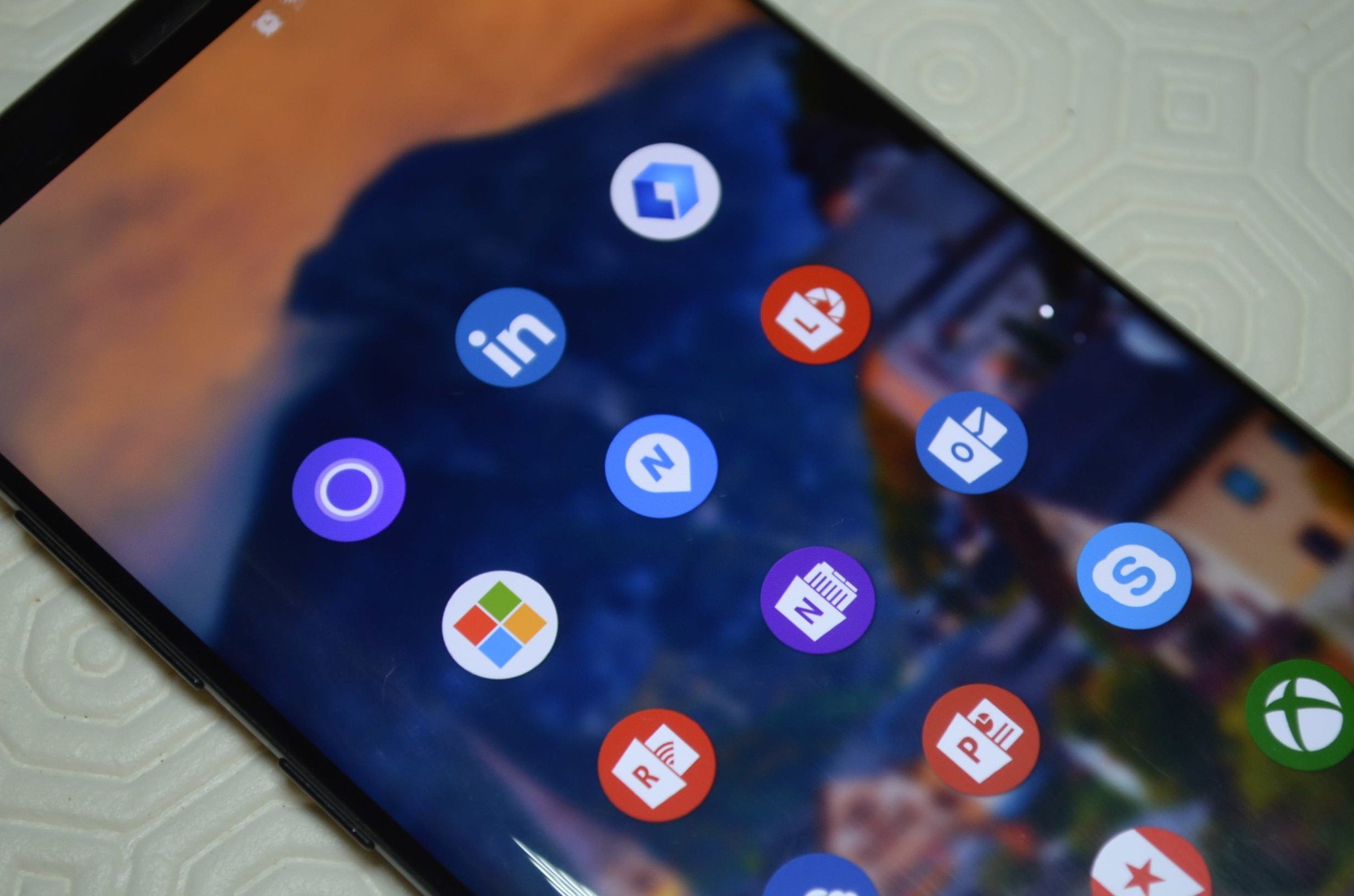
Between customizing the look of an Android device with Microsoft Launcher, continuing to browse a page from your Android phone to your PC on Edge, and a variety of other Microsoft apps and services, Microsoft has a strong presence on Android in the apps department. And with Edge coming to the platform in preview recently, there's reason to expect Microsoft's support of Android to continue.
For users, this means that they don't have to switch away from products they already are accustomed to using on PC, such as Office, if their work shifts away from Windows hardware. Even if an entire company switched from Windows to Android, they could still use most of Microsoft's services.
And Microsoft's support on Android, including specific versions of Android, isn't half-hearted. When Samsung unveiled the DeX Dock, which provides a Continuum-esque experience, the Office suite was used to show it off. Microsoft has made a concerted effort to have a first-class experience for Microsoft services on Android.
On top of Microsoft's support for Android, Google's mobile OS also lets users select default apps for a number of functions. A person used to the Windows 10 ecosystem could use Cortana as their default assistant, Edge as their default browser, and Bing as their default search engine on their Android phone.
All the latest news, reviews, and guides for Windows and Xbox diehards.
Though there are many Microsoft apps available in the Google Play Store, there are some missing services. Two notable exceptions are the Photos app, and Movies and TV. You can view photos and other content in the OneDrive app, but that isn't the same as using apps built for viewing content.
Using Android in the Microsoft ecosystem
Continuing the experience
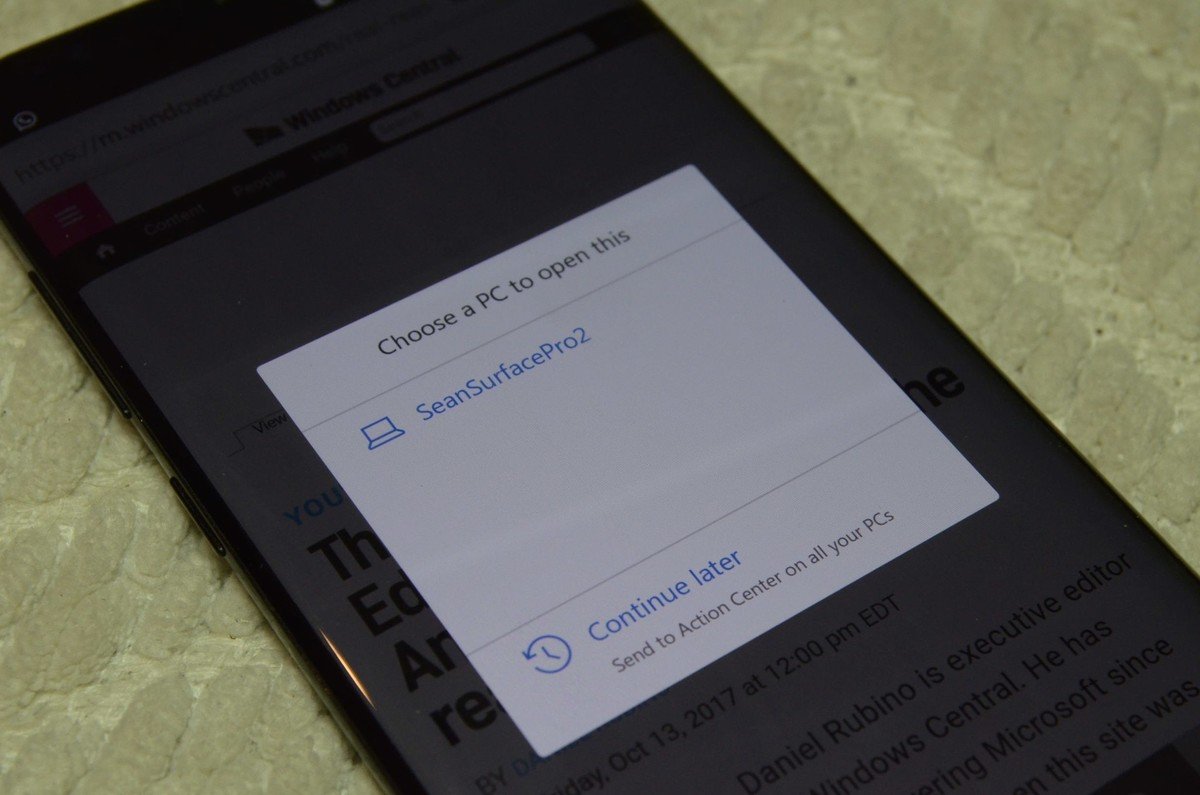
Plenty of apps work across platforms. And using Microsoft apps arguably makes a device into more of a "Microsoft phone" than a phone that's specifically for Windows. But Microsoft has pushed the phrase "continue on PC" for a reason. They want users to be able to do a task on one device and then jump over to finish it on another. This isn't available in its final form on Windows 10, Timeline is set to be released as part of RS4, but there are already some ways that users can continue their experiences across devices.
The feature is quite literally at the center of Microsoft Edge on Android. You can continue your browsing with the tap of an icon. And Microsoft has also included continue on PC in Microsoft Launcher. It's clear that as these features are fully fleshed out and Windows 10 continues to be developed, this process will become even more streamlined.
In addition to Timeline, Microsoft is planning to release a Cloud Clipboard that will allow you to copy and paste across devices, including Android phones. That inclusion of Android phones is a trend that's very apparent in many of Microsoft's efforts. If a feature can be used on Android, or iOS for that matter, Microsoft seems keen to make it work across as many devices as possible.
These features bridge the gap between a phone running Microsoft services and a phone for Windows by forging a connection between Windows 10 and Android and continuing the user experience across devices.
Samsung Galaxy S8 'Microsoft Edition:' Everything you need to know
A 'phone for Windows' isn't a Windows Phone
All of Microsoft's work to bring its services to Android, while also continuing the user experience between Windows 10 and Android phones, is very useful for users but that doesn't make an Android phone into a Windows phone. And it's not just about Live tiles or user interface, though those are a factor. Windows is about more than Office, apps, transparency, and continuing things on Windows 10.
Windows 10 is about a complete unified experience across devices. It's about unifying OneCore across devices and bringing a single OS to a variety of form factors through CShell. It's about UWP apps being able to easily scale between devices with very little extra coding for developers. To a large extent, that vision is being fulfilled with PCs, Windows Mixed Reality, and Xbox One, but without phones, there is a gaping hole.
So while many Windows users can, and do, use Android phones to extend their Windows 10 and Microsoft experiences to their hands, it isn't the same as having a completely unified experience.
What do users really want?
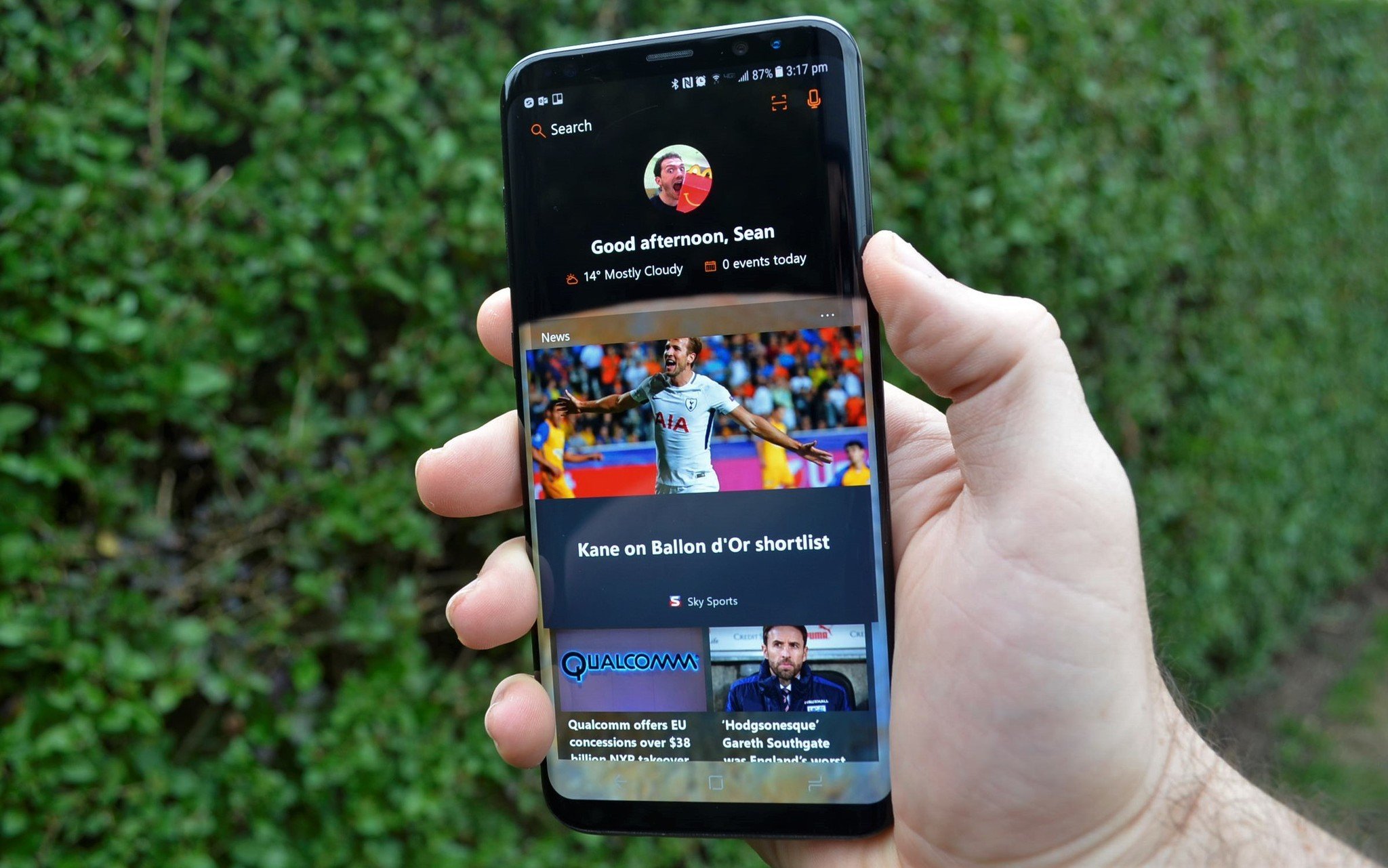
How much do end users care about the Universal Windows Platform (UWP), OneCore, CShell, and other deeply unified aspects of an OS? It's likely that many readers of this site appreciate the efforts that Microsoft is making to unify Windows on different form factors but it's also likely that many users don't care.
If a user can create a Word document on their personal phone, continue it on their PC at work, embed photos from OneDrive that they had stored on their home PC, share the document through Skype or Microsoft Teams on a work phone, and then check off an item on their to-do list using Cortana or Microsoft Launcher, will they care how many OSes were involved or what code was used?
This scenario is an example of the mobility experience that Microsoft CEO Satya Nadella often speaks about. And it's how a device can be a phone for Windows without actually being a Windows Phone.
What do you think? Is Microsoft turning Android devices into phones for Windows? Or does Microsoft need to have its own mobile OS to extend the Windows experience to people's hands?

Sean Endicott is a tech journalist at Windows Central, specializing in Windows, Microsoft software, AI, and PCs. He's covered major launches, from Windows 10 and 11 to the rise of AI tools like ChatGPT. Sean's journey began with the Lumia 930, leading to strong ties with app developers. Outside writing, he coaches American football, utilizing Microsoft services to manage his team. He studied broadcast journalism at Nottingham Trent University and is active on X @SeanEndicott_ and Threads @sean_endicott_.
